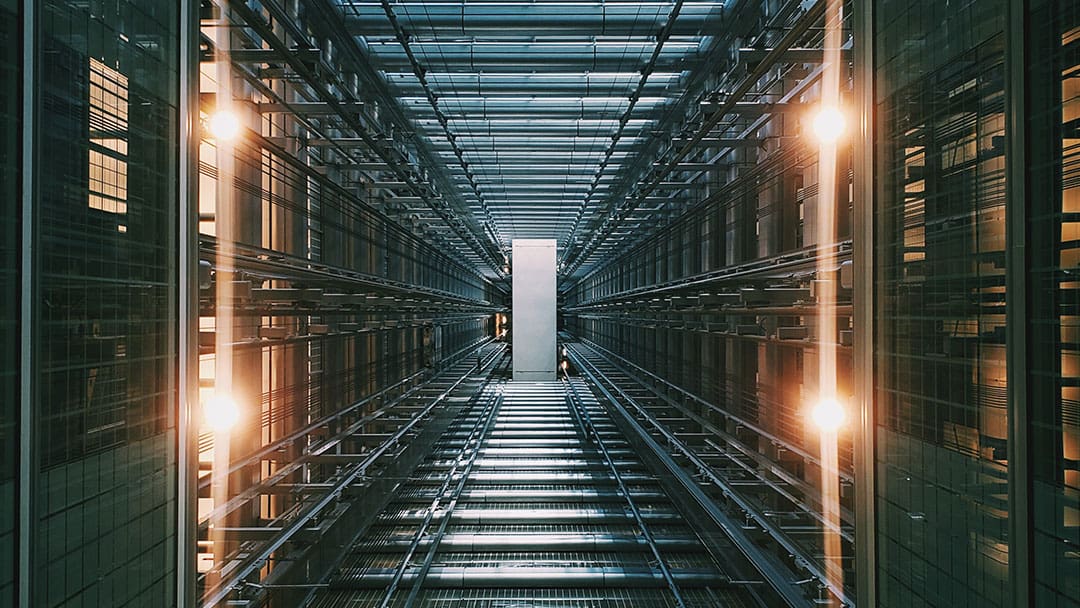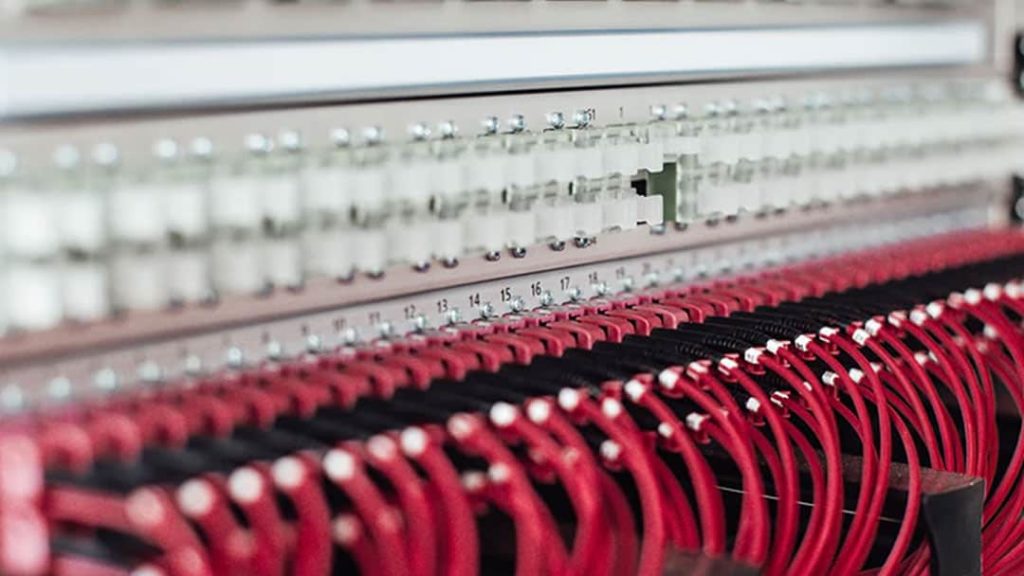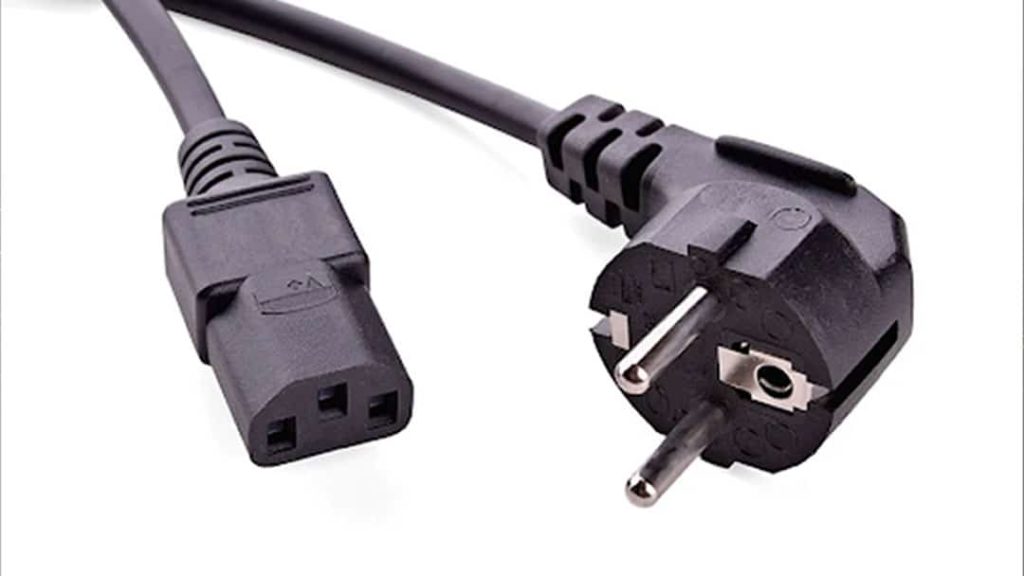If you are in the market to select a data center or rent a colocation facility for your business or service, you must understand a crucial point; the data center is the unseen and unheralded real estate facilitator of the digital world.
The general public depends on the constant machinations of the data center for their daily smart device and online needs. However, even if the average person may have heard of the term “data center,” they would probably be hard-pressed to define it, even though they desperately depend on them.
What is a Data Center?
A data center is a brick-and-mortar facility, like a floor-length office space, warehouse facility, or building, which houses incredible amounts of data and critical applications equipment.
The data center is a tech facility that strategically centralizes a business’ IT operations and other data transport equipment. Data centers are responsible for housing a business’ most vital communications and proprietary assets.
A data center’s vital components include, but are not limited to:
- Data storage systems
- Routers
- Servers
- Firewalls
- Switches
- Bandwidth
- Application delivery controllers
- Data backup and recovery
- Cooling and chilling equipment
- High-volume and high-speed e-commerce transactions
- Email facilitation
Every major business, organization, and corporation with regional, national, international, and global reach needs a data center to maintain the continuity of business operations. So, the data center’s operational reliability, security, and energy efficiency must be a vital priority.
Data centers are even available on the retail level for those who can afford them. A colocation center, also known as a carrier hotel, rents out data center space and facilities to third parties.
A data center used to be an on-site physical infrastructure with climate control and high-security protocols. This was the norm in the not-too-distant past.
However, the modern era’s public and privately accessible cloud systems have obsoleted the strictly on-site data center infrastructures.
Unless local laws or regulations say otherwise, many modern data center facilities are virtual cloud infrastructures. In other words, your data center could be an off-site facility far away that houses the operational infrastructure to support data workloads and tech applications for multiple businesses spread across various cloud systems.
Data Center Operations
Artificial intelligence is progressively taking more and more control of data center operations. Businesses utilizing A.I.-derived operational infrastructures are projected to generate over $3.9 trillion in 2022. Such business growth will also necessitate the growing need for AI-controlled data centers in the future.
Many next-generation data centers are called “hyper-scale data centers.” At last count, there were over 600 hyper-scale data centers in the world.
A hyper-scale data center references the abilities of computer systems in a data center to autonomously scale-up computing abilities, memory, storage capabilities, and other functions proportional to demand with the aid of AI. The biggest tech and social media companies have been embracing hyper-scale data centers for the past five years.
In 2018, Google gave some control of its cooling and chilling systems to an AI. The goal was to use AI to strategize how to power the hyper-scale data systems more cheaply and efficiently.
The AI found ways to cut Google’s energy bills running its hyper-scale data centers by over 40%.
Data centers use cooling equipment to transfer heat from computers, servers, and computer chips to save energy and keep equipment from overheating. In recent years, tech giant companies have begun investing in immersive supercooling technologies as the next-gen evolution of the traditional cooling tower.
In this situation, specially designed computer equipment and component are safely immersed in supercooling liquids to keep them cool and prevent them from overheating. It is an evolution of the usual air-cooling cooling and chilled water piping tower systems used to transfer heat from overheating systems. The supercooling liquid is non-flammable, non-conductive, and dielectric, meaning it is a poor conductor of electricity but a strong insulator of electromagnetic fields.
Data centers save a lot of money by investing in new supercooling liquid technologies that cool equipment it touches chip-to-chip. It costs a lot of money to power traditional cooling towers, which use air and chilled water in pipes to transfer excess heat away from the equipment.
What are the Two Main Concerns of a Data Center?
. There are a few concerns that come with hosting these kinds of facilities. Risk management and security tend to be the two major ones. The data needs to be both secured and transmitted across the various network.
What are some of the biggest challenges for data center networking?
Datacenter networking is a challenge that many companies face today. Many hurdles must be overcome, including regulating network traffic, managing data storage, and optimizing power consumption. Data centers are needed, but they come with their challenges. Some of the biggest ones that are present can include:
- Data Security is one challenge that is consistent every day for data centers
- Capacity Planning, what is the maximum capacity that the data center can handle
- Power Management also includes monitoring the amount of energy used daily
- The act of trying to balance the cost controls but still maintain efficiency
- Real-time reporting within the data center
- The Internet of Things
- Mobile Enterprise
While these may be some of the more common challenges, there are plenty of challenges that data centers face every day.
Related: 10 Best Data Center Migration Practices
What are Some of the Different Types of Data Centers?
Data centers are the heart of any business. They house vital data and serve as a central hub for all the IT operations in a company. To meet some of the evolving needs of customers, companies typically have multiple data centers across different regions. There are various ways in which data centers are formed, with the most common being a co-located model, where everything is physically located within the same building.
This then allows them to provide customers with high-quality services with minimal downtime. However, there are other types of data centers too. Some can include:
- Corporate data centers
- Colocation data centers are essentially a kind of rental property where the space and resources of a data center are made available for businesses to rent.
- Web hosting data centers
- Enterprise data centers
- TurnKey Solutions-based data center
- Web 2.0 technology-based data centers
The different data centers are expanding, so it’s just a matter of time before there becomes a wide variety. Even green data centers are becoming a larger focus.
Related: Data Center Capacity Planning [ Ultimate Guide]
What are the Criteria to Consider When Building a Data Center?
There are many factors to consider when building a data center. These include the type of data that needs to be stored, the number of servers, and other considerations like security and regulations. Some other criteria should include
- Knowing Where to Build
- Extended Operation and Autonomy During a Crisis
- Geopolitical Ownership Considerations
- Water and Water Quality
- Availability and Cost of Power and Water
Needless to say, setting up a data center is far from easy.
How are Data Centers Protected?
Data centers are often used to store information on computers. However, they can also be used to store information on the cloud or in a private or public network. This infrastructure is crucial for businesses and large organizations to function properly. There need to be firewalls and IP address monitoring present.
Are you facing some challenges within your data center? We’re the experts, and we can help. Contact us today to learn what we can do for you.
How are Data Centers Connected?
Data centers must be connected by high-speed networks that allow the data they house to be accessed quickly. They’re connected through modems which are usually coaxial or fiber optic cables. Usually, in bulk, they run underground, and the direct destinations can vary.
Last Updated on January 27, 2023 by Josh Mahan




